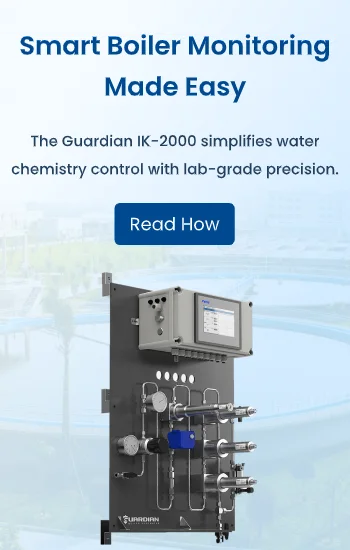Dissolved oxygen (DO) is a critical water quality parameter for all types of water systems. It affects the taste and odour of drinking water, as well as other potential health issues. Dissolved oxygen is also required to support aquatic life in lakes, ponds and other waterways. CWC offers complete DO measurement systems including DO probes and transmitters, multi-parameter probes, DO sensors and controllers that allow you to manage your entire monitoring system from one central location.

Typically, dissolved oxygen (DO) reacts with organic compounds to decompose them and produce BOD (biochemical oxygen demand) which is a measurement of the amount of oxygen consumed by microbial activity.
Why is Dissolved Oxygen Important?
Dissolved oxygen (DO) is the amount of oxygen present in a body of liquid solution. Typically, it refers to freshwater or seawater. A fully saturated freshwater sample has an oxygen value of 8.26 mg/L at 25C; whereas a fully saturated seawater sample will have an oxygen value of 6.27 mg/L at 25C. The difference is due to the presence of salts, or salinity, in seawater.
What can affect Dissolved Oxygen Levels
Dissolved oxygen levels are impacted by the physical variables namely, temperature, salinity, and barometric pressure. The majority of the world’s water is salty and warmer than 32 degrees Fahrenheit (0 degrees Celsius). So colder freshwater has a higher concentration of dissolved oxygen. This causes the surface water to have less dissolved oxygen than the bottom of the body of water. Salinity changes the density of water, which results in greater pressure pushing down on the bottom of the body of water. Pressure is measured in units called “Pascals” (Pa). Water weighs more than air, so the pressure increases as you go deeper into the water. The pressure will be less on top.
How is Dissolved Oxygen Measured?
Dissolved oxygen is measured in various ways. The most common method is with:
- Electrochemical or Clark-type sensors - usually installed in the well pipe and the sensor head is located at the bottom of the water column so as water flows, it passes by the sensor head and oxygen is detected
- Optical sensors - through a light beam
- Photometers - with a light beam, but they are located at the top of the water column
- Oxygen micro-sensors - measure dissolved oxygen, but they are located on the surface of the water
- Digital dissolved oxygen sensors
- Deep-sea dissolved oxygen sensors



